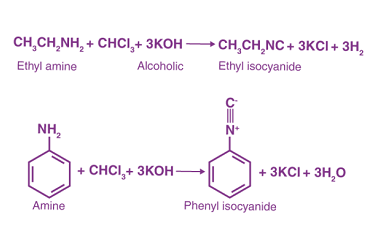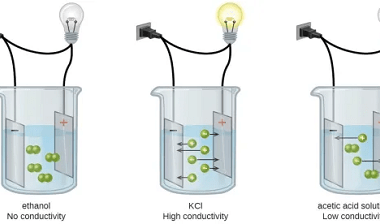Carbylamine reaction
The Carbylamine reaction, also known as the isocyanide test or Hofmann’s isocyanide test, is a chemical test used to detect the presence of primary amines in a given compound. The test was discovered by August Wilhelm von Hofmann in 1861 and is based on the reaction of primary amines with chloroform and a strong base,…


